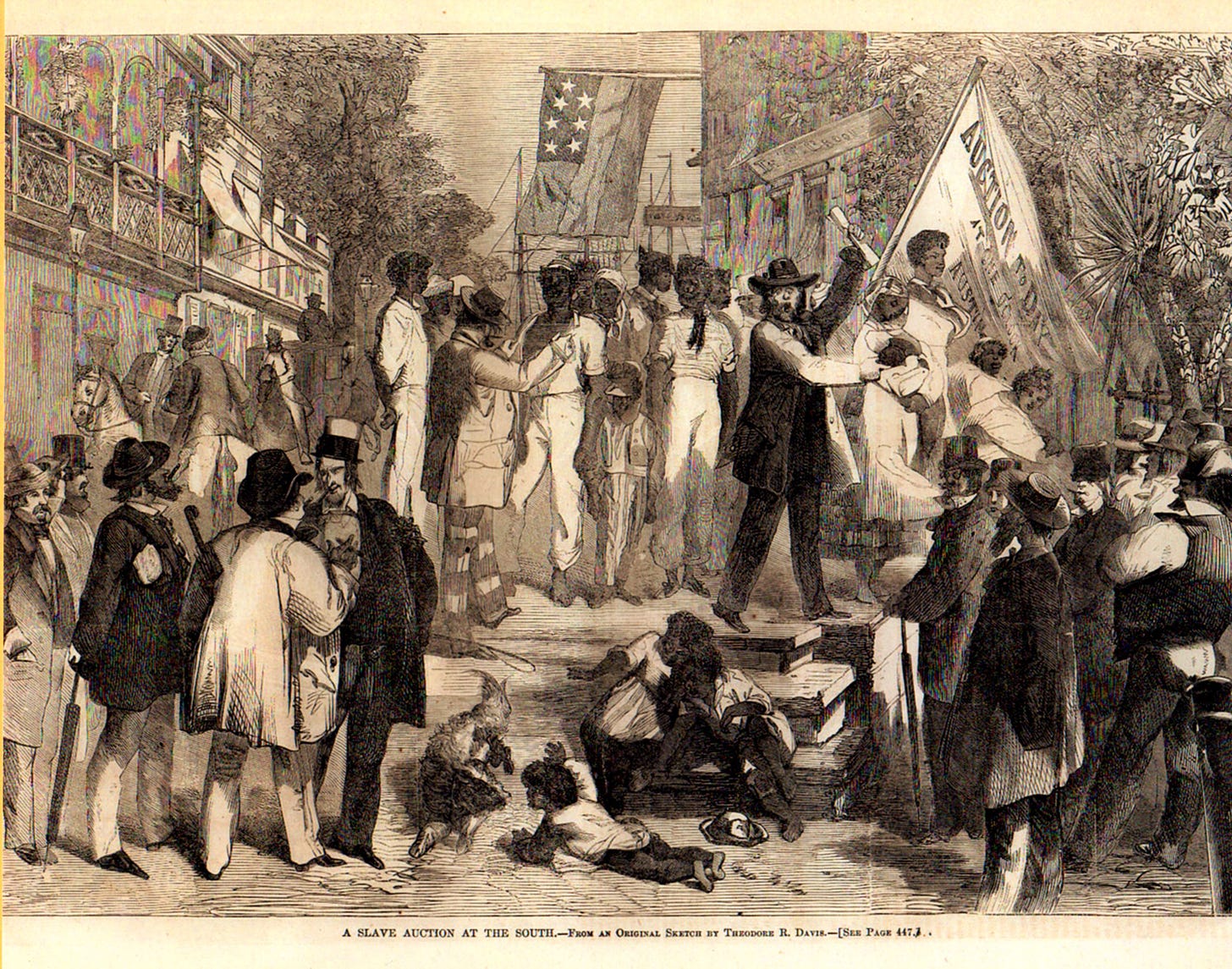This is not the first report of a mock slave auction taking place in a public school. Go back over the past ten years and you will find stories from all over the country. In just about every one of these incidents the simulation/lesson was introduced and directed by the teacher.
That doesn’t appear to be what happened recently in a middle school in North Carolina’s Chatham School District.
There are many unanswered questions about what, in fact, took place, but this incident appears to have been instigated by the students themselves, in full view of some of the faculty and staff. Even worse, it continued after some of the students involved returned from a one-day suspension.
According to the Chatham Organizing For Racial Equity, “These students were emboldened to not only commit brazen and overt acts of racism but to retaliate further and continue their aggression after serving a perfunctory one-day suspension.”
Again, I don’t want to get ahead of myself here, but what this suggests to me is that these students are learning something about the violence nature of slavery in their history classes. They may have read stories about the selling of enslaved people and about Black families being forcibly split apart.
This is not a case of students being introduced to some Lost Cause or “Moonlight & Magnolias” narrative of the antebellum South and slavery. Such a historical narrative would not have served their clear intent to hurt and dehumanize their fellow students.
No, these white students embraced a history of violence against their fellow African-American students with the clear intent to cause harm.
The school district will have to conduct a full investigation followed by severe consequences for the faculty and staff who observed this heinous incident and reportedly did nothing to stop it. Other administrators need to be held accountable as well.
But this should also serve as a reminder of the limits of history education. Learning about the past early on will do little good if it isn’t reinforced by a clear set of values that includes the acknowledgment of the dignity and humanity of others, regardless of race, gender, etc.
This also highlights something that has long troubled me about the failure on the part of white Americans to come to terms with the history and legacy of slavery.
As my German wife reminds me on ocassion: “What is missing in this country is any sense of collective shame.”





As I prepared to teach this year, I noticed that we tend to start the narrative for African Americans with slavery. I think that helps remove the connection for students to the individuality and humanity of enslaved people. This year we started with African cultures and empires before colonization.